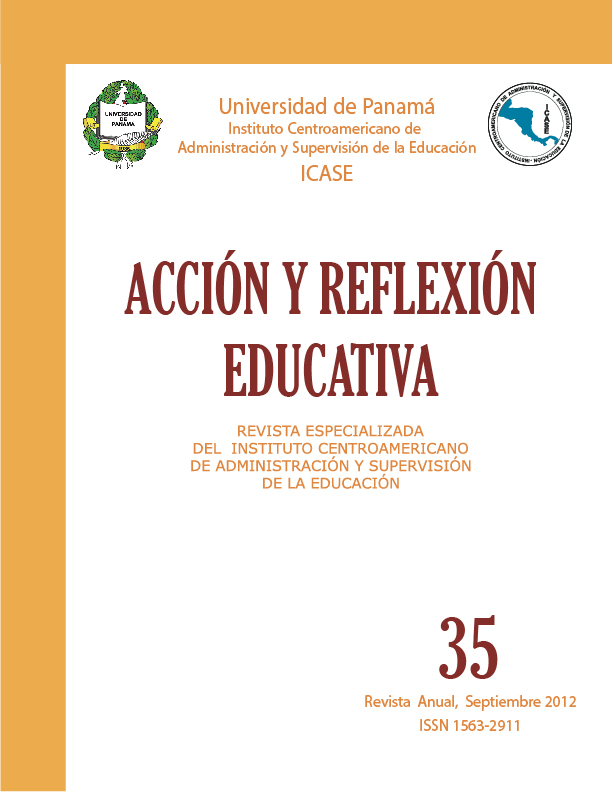

Education is the collective responsibility of society. In its widest sense, education transcends what we know as the “educational building,” the school, the institute, the university; that which conventionally and “formally” is seen as learning space, in order to permeate other areas in which it is possible to learn. One conceives therefore, the square, the street, the park, the theatre, etc. In other words, the entire city, as an important learning space, in view of its wealth of content, experiences, feelings, values and standard.
The urban space assumes greater relevance each day since it not only increase in size and population, becoming daily more complex and interactive, but also because of its remarkable capability of renewing and transforming itself.
The city, turned into a space of coexistence, confluence and even conflict, is rich in meanings, judgments, content and expressions; which supposes a high educational impact. There are three dimensions in which the relations between the city and education can be understood: “the city as an educational environment, the city as an agent or means of education and the city as an educational content” (Trillas, 1999).
To recognize the potential of Panamanian cities, and especially Panama City, as an educational setting, which extends over the whole lifetime of its people, requires a re-orientation of municipal political strategy, so that intentionally, and in accordance whit civil society, the result is the promotion of educational policies which assure a better quality of life and provide a true society of knowledge.
You may also start an advanced similarity search for this article.